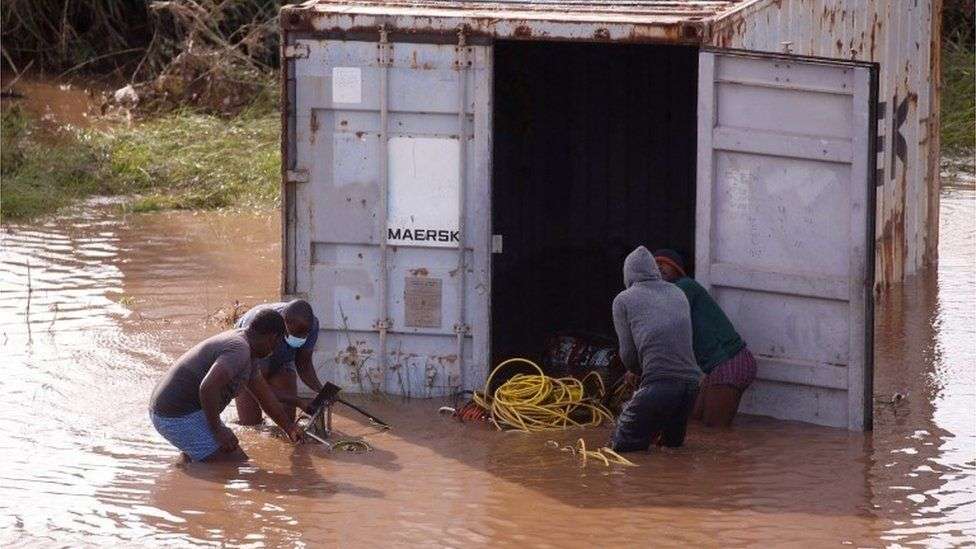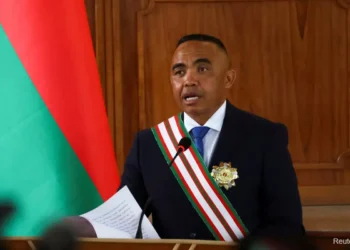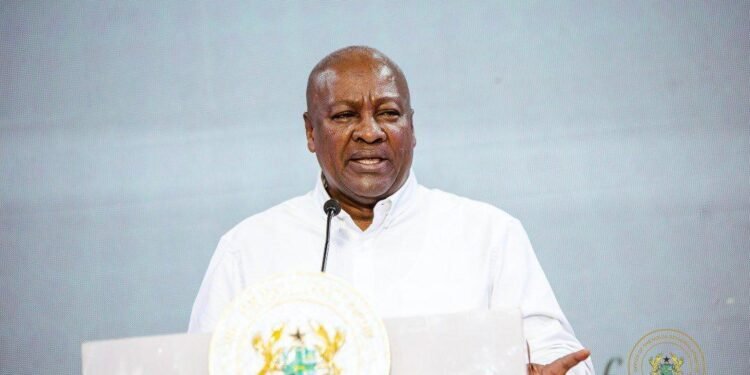The death toll in the South African province of KwaZulu-Natal has reached more than 250 after devastating floods wreaked havoc in the area.
Local Authorities have called for a state of disaster to be declared after some areas experienced months’ worth of rainfall in a day. Officials have called it “one of the worst weather storms in the history of our country”. Mudslides have trapped people under buildings, with more floods in expectation.
There are also reports that the rescue effort is being hampered by poor visibility as a helicopter continues to bring people back to safety. According to reporters, they witnessed one such search operation for a 10-year-old girl who was part of a family of four swept away on a flooded bridge. Community volunteers waded into the muddy river, taking turns to hack away at the branches using machetes and removing debris and rubbish that washed downstream. Parts of the crucial N3 Highway which connects Durban to the economic heartland of Gauteng Province are blocked.

Force of Nature or Poor Drainage?
During a visit to the affected area, South Africa’s President, Cyril Ramaphosa pledged to help the people. “Even though your hearts are in pain, we’re here for you”. He also described the disaster as a force of nature, which some have disagreed with. Rather, people said it should be blamed on poor drainage and badly built houses in low-lying areas as the major cause leading to the high death toll.
Mayor of the area’s biggest city, Durban, Mxolisi Kaunda, denied the accusation that poor drainage is to blame, saying the scale of the flood was unexpected. Scenes of destruction are still evident throughout the area. Some of the roads to the Port of Durban are impassable after the swollen river washed mud and debris onto the roads, hence suspending operations at the port.
Reports of Damages Caused
In an industrial area called the Bluff, which forms part of the port, reports suggested that cars overturned on the road, or were crushed by debris. Companies have resorted to using water pumps to drain water from their premises. Ron Naidoo, a Community Pastor in the town of Tongaat, disclosed to reporters that he was kept awake throughout the night by the rising floodwaters and saw the police drag a car out of the river with a body inside.
“It was traumatic because it is the first time that we have seen the river rise so high here.”
Ron Naidoo, a Community Pastor of Tongaat
Billions needed to fix damages
The KwaZulu-Natal provincial government has estimated that billions of Rand worth of damage have been caused to properties and infrastructure, describing the heavy rains as unleashing “untold havoc” in a statement on Facebook. Electricity and water treatment plants have been “flooded out”, the Durban Mayor told the media. Communications have also been disrupted with two major networks reporting that more than 900 of their cell phone towers are down.
Authorities averred declaring the flood-stricken area a disaster zone will “enable the Province to apply for emergency funding” from the National Treasury and assist with necessary reconstruction work.
There are also reports of looting in Durban, which the Local Government has condemned: “We will not allow what is a tragic development in our province to be taken advantage of“.

The government is calling on people to stay safe by avoiding flooded roads, bridges and as well evacuate to higher grounds if they live in low-lying areas. The stormy weather came after scientists warned that climate change is fuelling heavier rainfall than usual in Southern Africa.
At the start of the year, the region was hit by three cyclones and two tropical storms in six weeks, which affected Madagascar, Mozambique and Malawi, which also inflicted widescale damage with over 230 reported deaths, according to the World Weather Attribution (WWA).
READ ALSO: UBA Chairman Assures Shareholders of Sustaining the Bank’s Growth Trajectory























